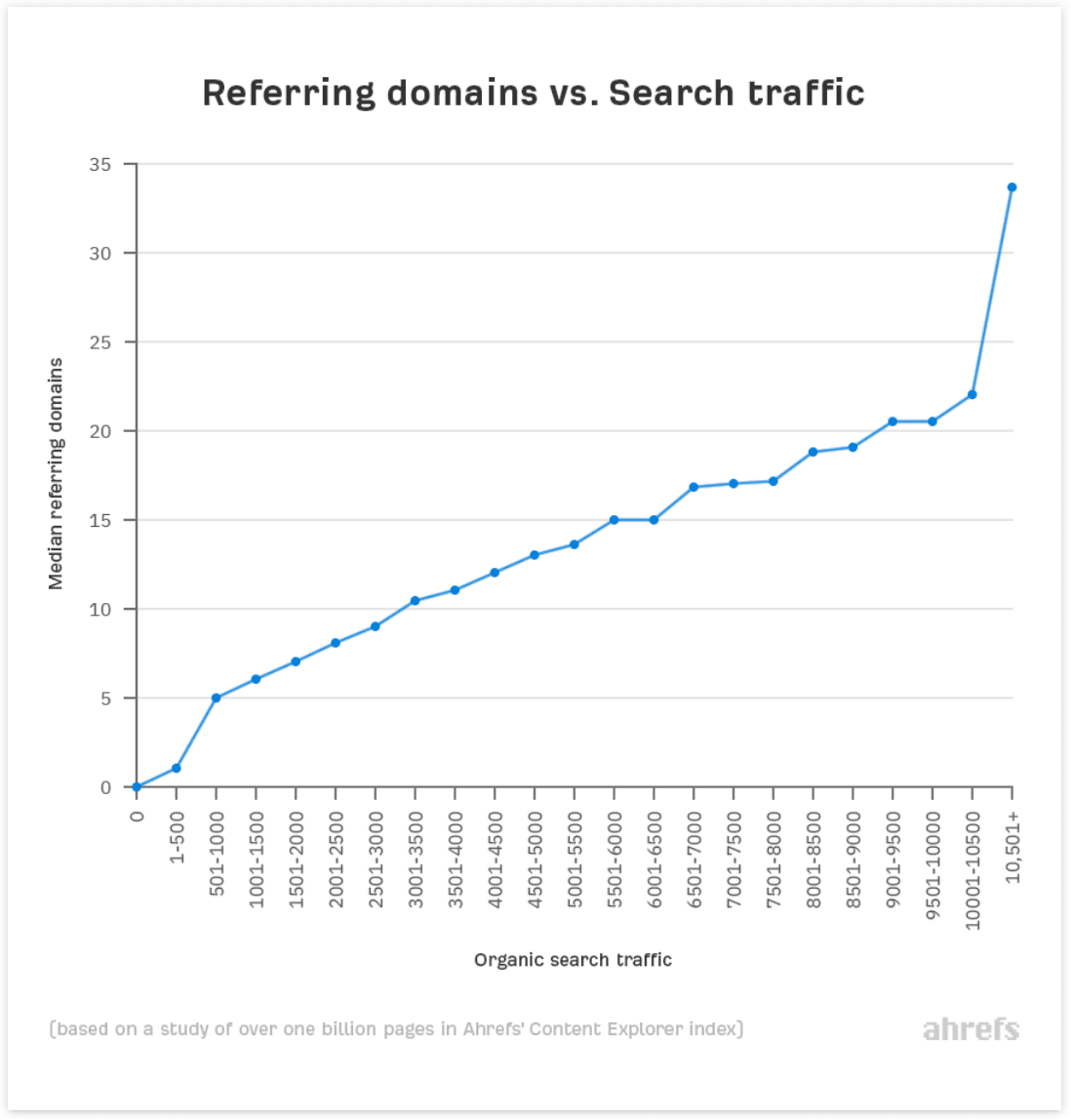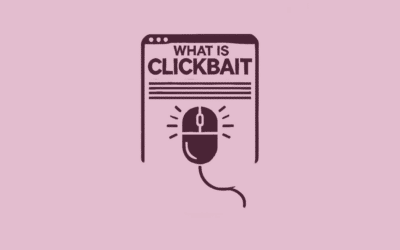One of the most important parts of any SEO strategy, or really, any strategy for a company that exists online, is to have good, optimized content. Content may be one of the first interactions audiences have with your company, though it’s important these audiences are able to find this content when they need it. This is why content optimization is so important. But, what is content optimization, how often should it be done, and how do you even optimize content? Not to worry, we have answers to these questions and many more in this content optimization guide.
What is Content Optimization?
Content optimization is the process of improving the quality and relevance of digital content to satisfy the need of a target market. This process typically includes adding targeted keywords into the content, adding the relevant metadata like a description and title tag, as well as including any relevant links to other content or pages on your site. At the end of the day, the point of content optimization is to give your content the best chance to rank on search engines.
Why Do You Need Content Optimization?
We said earlier that content optimization is important for any business that exists online. But what about it is actually so important? The real reason content optimization is so important is that it allows people to find your content online organically. Without content optimization, you are essentially throwing your content into a sea of similar content without a proverbial lifejacket. Including the proper keywords, metadata, links, headlines, and such help search engines and users understand what your content is about at a quick glance. This improves visibility, which in turn improves your traffic, clicks, and conversions. It helps nearly every part of your business.
How Often Should I Optimize My Content for SEO?
As an important part of your strategy, content optimization should be followed up on frequently. The general rule of thumb is to revisit a piece of content every 3-6 months. However, this rule is hardly set in stone. As with any SEO strategy, it’s important to keep a close eye on any piece of content to determine how it is performing and if it might need optimizing sooner, or if it can stand to wait a little longer. Here are a couple of things to look out for when determining which piece of content to optimize.
- The SERP ranking: Is the content piece still holding steady in its place, is it dropping, or is it making steady progress towards the first page?
- Page Traffic: Did the number of people visiting the page suddenly drop, increase, or stagnate?
- Algorithm Updates: When was the last algorithm update? What did it change?
- Keyword Competitiveness: Are you still targeting the correct keywords? Have they shifted in volume or difficulty? Are there other keywords that may serve you better?
- What are Your Competitors Doing?: Are they making changes more or less frequently than you? What are those changes? How are the changes affecting their ranking on the SERP?
Considering all of these questions will help you determine how often you should be performing content optimization. How often you optimize content should be based on what strategy will make you most successful, and not a hard time frame of “every 6 months.”
Optimizing Content for SEO
One of the most common ways to optimize content is for SEO value. This is what makes the content rank better on search engines. To optimize your content for SEO there are a couple of steps you need to take.
First, you need to conduct keyword research. The primary keyword is going to be your guiding light as you optimize your content. You want to make sure you find a keyword that is relevant, has volume and isn’t too difficult to rank. After determining what keyword to target, add that keyword into your content as much as makes sense without spamming. Typically, you want to try to match what your competitors are doing and have around the same amount they include in their content. You also want to include this keyword in your headline, title tag, and meta description. Again, do this as it makes sense. If you add the word too many times or in places that don’t make sense you can get flagged for spamming.
Second, be sure to include any relevant internal and external links. Including these links can help your page rank through link juice. If you are using external links, be sure you are working with reputable sites that will help you.
Finally, be sure to perform frequent site and content audits. These are useful to ensure your efforts are working and will help alert you if it is time to optimize a piece of content again to keep the momentum going.
Optimize Content for Conversions
Another common aim of content optimization is to improve the conversion rate on the page. This process takes a different approach to optimization.
First, you need to understand your target market. This is best achieved by performing market research. This way you can learn more about their preferences, needs, and behaviors. By understanding your market you can determine what parts of your page need to be optimized to enhance your conversion rate.
The next step is to begin making changes. You can change the design, colors, layout, copy, length, and call to action. However, these tests should not be made without proper research and without testing. When making major changes to a webpage you should always utilize A/B testing where possible. If you don’t know what A/B testing is, it just means testing two things against each other to see which performs the best. This means you can try different layouts, different calls to action, and different copy and see which ones get the results you’re looking for.
Optimize Content for Backlinks
After optimizing for SEO, and conversion, you should also consider optimizing your page for backlinks. Backlinks are incredibly important to the success of your content, so making sure you have a place to put them is equally important.

To optimize for backlinks you need to ensure you are reaching out to find partners that would be willing to link back to your content. This is often the easiest way, however, you can also receive organic backlinks. By leveraging trends, writing high-quality content, and being original. This may take time to achieve, but as you build your voice and authority other in the space will begin to notice and may be willing to feature your content in a backlink to their own content.
Optimize Videos and Images
If your content includes videos or images it is just as important to optimize the metadata for them as it is your core content. The process for optimizing videos and images is similar to optimizing your written content for SEO. You want a valuable keyword that can be included in every piece of data related to the video and image. Include it in the titles, the meta tags, the descriptions, and the alt text for the image and video. All of these elements are key to ensuring your image and video can be seen by search engines and is also accessible to everyone visiting your site.
Optimize Your Content With BASE
Optimizing content is an important part of creating a successful business online. It helps your content more appealing to audiences and search engines, increases traffic, and increases user engagement. This guide should be able to help you get started, but if you still need help, or just want an expert to help you, BASE has you covered. BASE can create high-quality optimized content to meet the needs of nearly any niche. Contact us today to learn how we can help you optimize your current content and meet your SEO goals.



